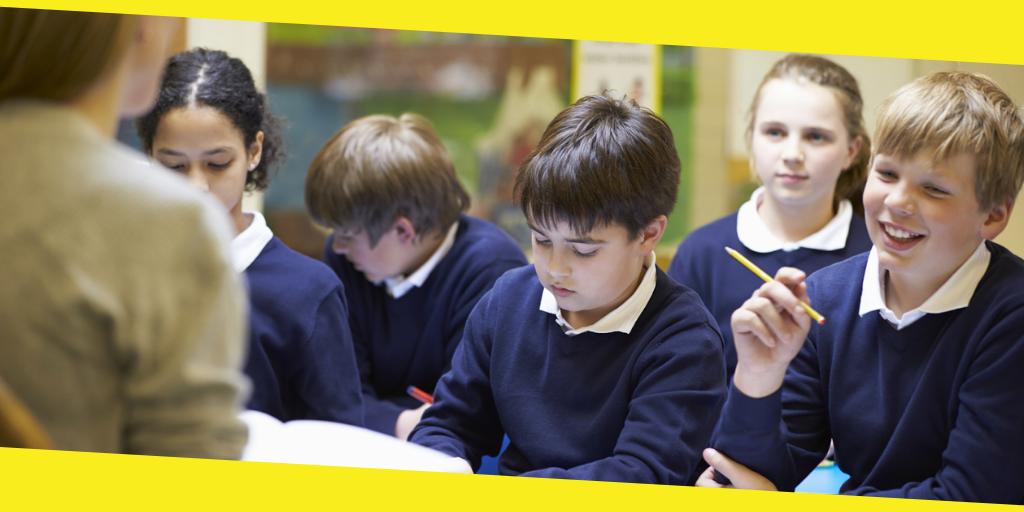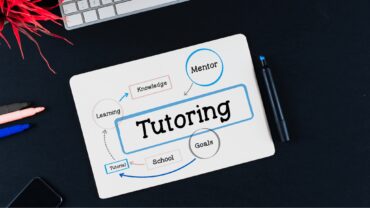4 Effective Strategies To Teach Students With Dyslexia

Students with Dyslexia have some executive function deficiencies that affect the way they see patterns or process information. As a result, they feel difficulty reading and learning words and sentences. Moreover, they take more time than their peers to understand a topic.
However, as a teacher, you can aid the growth of a dyslexic learner. Here are some of the teaching strategies you can implement in your classroom-
Contents
Toggle1. Promote Multisensory Learning In The Classrooms
The multisensory technique is a way of teaching kids who have difficulty in reading. It involves more than one senses to make them better understand the topic using movements, touch, sight, etc. It will help your students to retain the information for a long-time.
This method of teaching not only benefits dyslexic children but also heighten the engagement of the rest of the class. Some of the examples of multi-sensory activities which can be added in the curriculum for teachers are as under:
- Write Words Or Text Using Tactile Material
You can use glitter, glue, beads, or LEGO to write words or sentences. Further, bullet points can be easier for them to read than blocks of text. Choose a clear font style that makes reading easier, such as Aerial font size of at least 12 points.
- Use Physical Activities To Practice Tough Spellings
One of the best examples of such activities is hopscotch. It involves the children to jump out to each square as they spell out words. You can draw the patterns on the floor using colored chalk or tape.
- Spark Up Creative Learning Using Scavenger Hunts
Your students will love practicing their reading skills using scavenger hunt lesson plan! There are different tips and ideas adaptable for any age and topic. Puzzles, pictures, rhymes, or riddles can be used depending upon the age of the children.
2. Make Use Of Assistive Technology
Assistive technology includes any device or software that will help the students to work around their challenges. Some of the examples are:
- Colored Keyboards
Keyboards that consist of larger words and colored overlays make it easy for the dyslexic children to type. Many of them also come with multimedia hotkeys to play, pause, rewind, and stop the audio.
- Spell Checkers
Dyslexic kids write words the way they’re spelled. A spell checker can help them memorize the correct spellings and gain confidence in writing.
3. Praise Them For Their Small Achievements
Children who have Dyslexia need a boost to their self-confidence so that they can learn to overcome difficulties. They may often feel isolated for being able to learn quickly, like their friends. Also, they may be verbally right but struggle to put their ideas into writing.
If their ideas or creativity shines through the errors, it means they have made an effort. Therefore, it is essential to appreciate and encourage them to do better. It will make them feel good and give the motivation to keep practicing. Further, they will be able to focus better.
4. Be Patient And Give Them Sufficient Time For Practice
While teaching a dyslexic student, you need to be patient and understand that they may take more time to learn spellings. Help them to practice consistently until they understand the topic thoroughly.
Give them plenty of time for reading, listening, understanding, and answering. You can also let their parents know about the homework schedule 2,3 days in advance so that they can help their child at home.
Conclusion
These are some of the simple yet effective strategies that can help you to make your lesson easier for dyslexic students. As a caring tutor, use any of these tips in your classroom and help your students to become high-achievers.
Most Inside
Most Inside offers high-quality recommendations and valuable updates to enhance all aspects of your life, providing premium guidance and enriching experiences.




